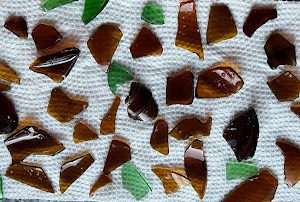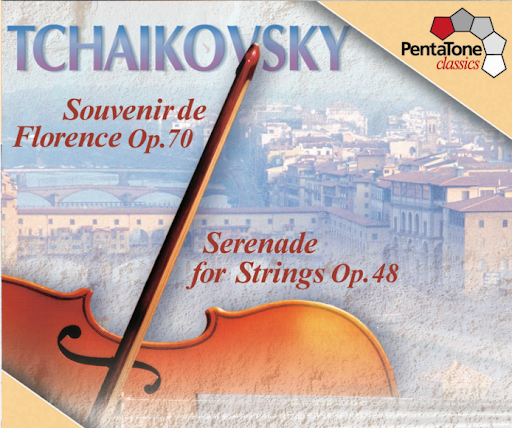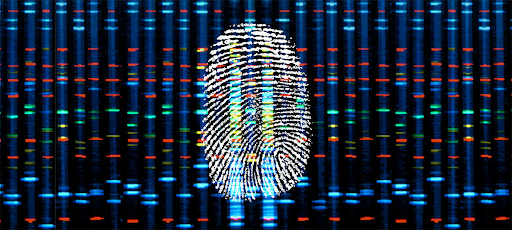Seaglass can be found on virtually any beach. It originates as just another piece of broken glass in the ocean. However, as the years pass and the piece of glass tumbles around the ocean floor, the edges become smooth. As even more years pass, the glass can take on a frosty appearance. It can look very different depending on where you find it, though – in some places, it has more of a frosty appearance, while in other places, it can appear clearer. Some places have larger pieces to be found, too.
Seaglass can take anywhere from seven years to two hundred years to form, depending on its size and thickness. Eventually, it washes up onto beaches worldwide for avid sea glass collectors, like me, to find. This sea glass is nothing like what one could purchase in a store – spoiler… most store-bought sea glass is manufactured, and not real sea glass at all, as sea glass that you find yourself carries much more meaning. The most common colors include brown, clear, and kelly-green. However, there are many other less common colors, including sapphire-blue, forest green, or turquoise, and the rarest colors are red, orange, yellow, and pink.
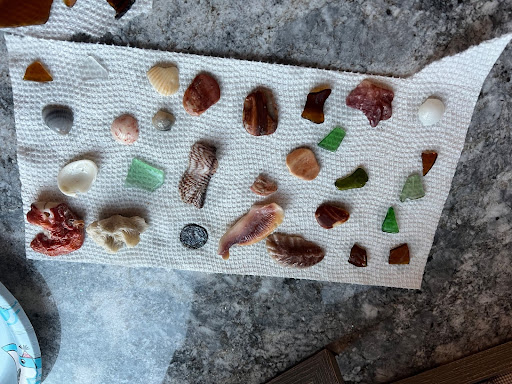
Over Christmas break, while I was in Deerfield Beach, Florida — a tiny, predominantly residential town with one mile of coastline, just below twenty miles North of Fort Lauderdale and just over forty miles North of Miami — I got to take a stab at searching for sea glass. Fun fact: both the University of Alabama and Yale University swim and dive teams were staying at the hotel right next door to my condo building at the same time as I was there.
Last summer was when I began to take my sea glass search extremely seriously, so this was my first time looking for it in Florida. Before that, I’d searched in both Cape Cod and at Castle Island in South Boston. Cape Cod is by far one of the most difficult places to find sea glass, as there’s so much foot traffic on the beaches – I’m happy to find pieces the size of a grain of salt there. Meanwhile, at Castle Island, the pieces are a lot larger, but are still quite clear, meaning they’re not as old as a more opaque, or frosty piece of sea glass would be. Both times that I’ve gone sea glass hunting at Castle Island, I’ve been extremely successful, returning with a full collecting bag.
Going into my first day in Florida, I was hoping that I’d be able to find plenty of sea glass, and with the constant rough waves and strong currents, I was hoping that some large pieces would wash in, and I’m happy to say that this happened. I started my search on the shoreline, and while I was only able to find the common colors of clear, brown, and kelly-green, I found ginormous (or ginormous in sea glass terms) pieces, with the largest being around two inches large, and most of them had a frosty appearance, meaning that they’re much older than their see-through counterparts. Each morning consisted of this as I also took in the sunrise, and each day, I’d leave the beach with an overflowing handful of sea glass for my collection, in many shapes, colors, and sizes.
During my afternoons on the beach, I spent some time diving for sea glass, trying to find pieces underwater. With the Florida waves and undertow, even when I was actually able to find a piece of sea glass tumbling on the ocean floor, it was very difficult to snatch, as everything was constantly moving with the current. Sometimes, they’d even get buried just below the sand, sending me in a dig for them (thankfully, just about all of my pursuits for runaway sea glass pieces were successful).
One piece that I found while diving which really stands out to me is a piece in the color of sapphire blue. Out of the corner of my eye, I noticed part of it sticking out of the sand as I walked in ankle-deep water, getting ready to begin my dive. Immediately, I dropped to the ground to try and snatch it up, but the waves and the undertow continued to rush in, causing it to not only move around but to disappear and reappear under the sand. Finally, after rolling behind it so the undertow would send it towards me and likely picking up some stares in the process, I was holding it: the largest sapphire-blue piece of sea glass I’d ever gotten for my collection. It was around a half-inch large, triangular, and frosty in appearance.
After finding many more pieces while in the water, I came across another uncommon color: forest green. Forest green is one of the rarer shades of green to come across, with a yellowish tint to it. Similar to the sapphire-blue piece, I did have to work hard to get my hands on that one, too, and I had to work even harder because I was on the ocean floor, fully underwater, attempting to grab it, even with the waves and undertow. Thankfully, it wasn’t all for nothing, though, as I’d gotten my hands on a pretty rare sea glass color (I would’ve been VERY upset to have gone through all that work to pick it up, just for it to be a rock.)
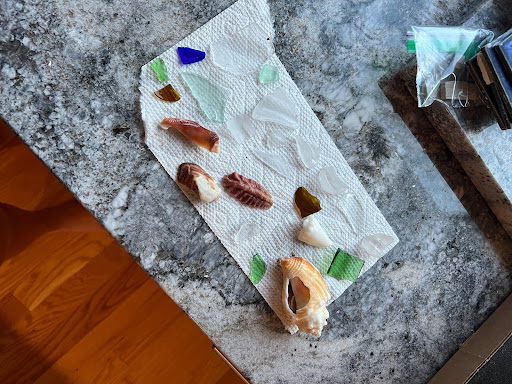
But what does my sea glass collection mean to me? First, my sea glass collection represents my love for anything to do with the beach and the ocean. Second, it represents dedication, as I’ve spent countless hours driving to beaches, and walking up and down them on my searches – and I hope to apply this idea of dedication that I’ve learned from creating a sea glass collection to other aspects of my life, such as school, sports, etc. Third, it represents hard work – hard work, going along with the ideas of dedication, is represented through my collection not only because of the hours spent on it, but through the many hoops I’ve jumped through, such as diving on the ground, digging through sand, and combing the ocean floor to get my hands on certain pieces. Fourth, it represents curiosity and history – I’m a firm believer that each piece of sea glass holds a story, as some are as old as multiple centuries, and that brings up many questions about its origin – where was it initially before it washed up on this beach? How old is it? Who touched this piece of glass before I did? And so many more! Finally, it represents overall meaning – most things are extra special when made or found by hand, and sea glass is no different – it has a great meaning when I find it myself after searching for a very long time, or even diving for it, and the greatest meaning comes from the process and journey that brings you to the success of finding it!
By Kristina Klauzinski ‘24, Sports Editor
24kklauzinski@montroseschool.org

